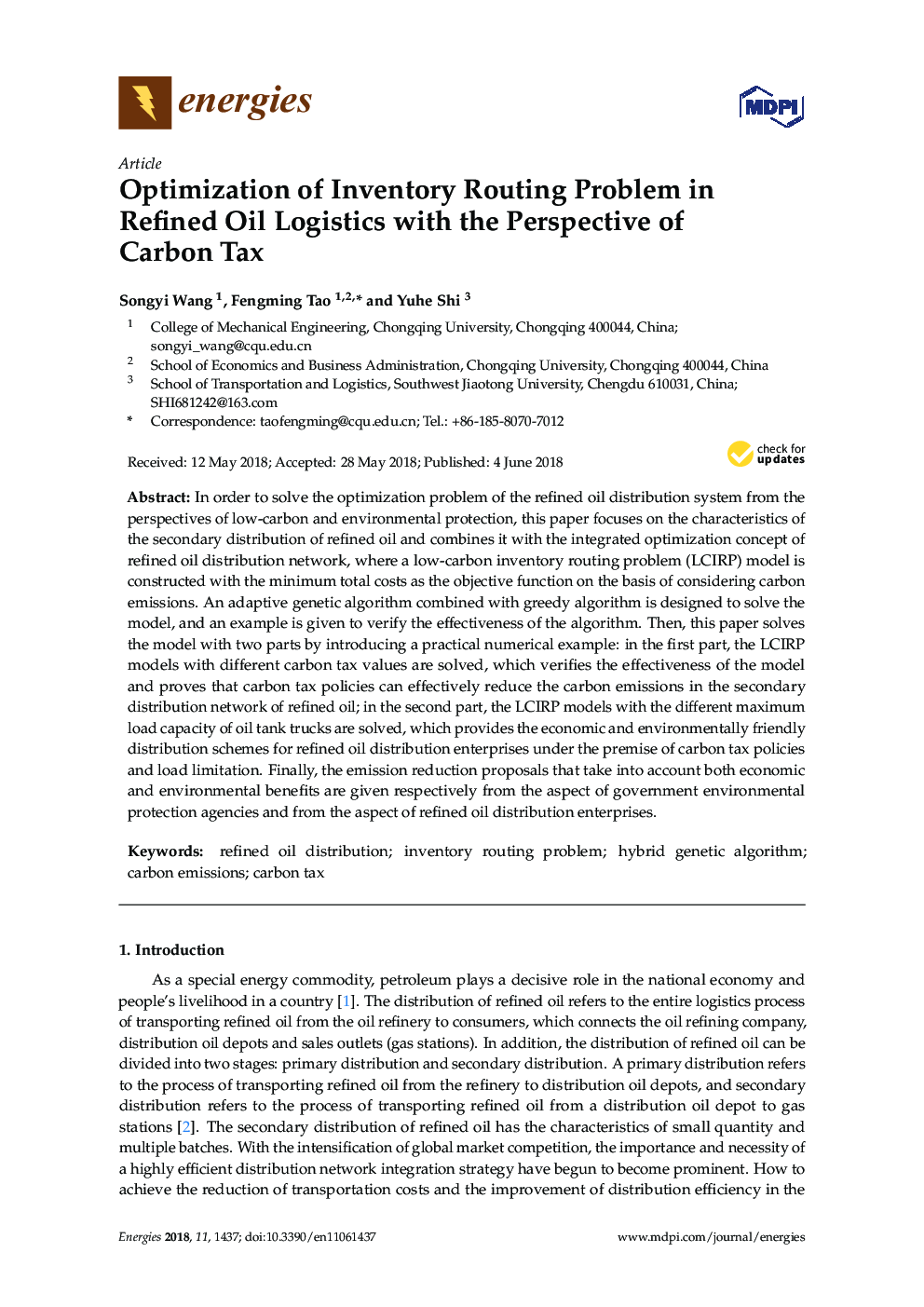| کد مقاله | کد نشریه | سال انتشار | مقاله انگلیسی | نسخه تمام متن |
|---|---|---|---|---|
| 6727631 | 1428917 | 2018 | 17 صفحه PDF | دانلود رایگان |
عنوان انگلیسی مقاله ISI
Mechanism and preliminary performance analysis of exhaust air insulation for building envelope wall
ترجمه فارسی عنوان
مکانیسم و تجزیه و تحلیل عملکرد اولیه از عایق اگزوز هوا برای ساخت دیوار پوشش
دانلود مقاله + سفارش ترجمه
دانلود مقاله ISI انگلیسی
رایگان برای ایرانیان
کلمات کلیدی
عایق اگزوز، مواد متخلخل اعتبار تجربی، مدل سازی عددی، تجزیه و تحلیل عملکرد،
موضوعات مرتبط
مهندسی و علوم پایه
مهندسی انرژی
انرژی های تجدید پذیر، توسعه پایدار و محیط زیست
چکیده انگلیسی
A concept of exhaust air insulation (EAI) is proposed for application in cooling dominated buildings. The EAI wall in basic form is composed mainly of an air-permeable porous material layer, a ventilated cavity, and an external protection structure. The excessive indoor air pressure or mechanical ventilation forces the exhaust air from the conditioned space to flow through the porous layer firstly, and eventually to ambient through the ventilated cavity. The outflowing exhaust air makes the temperature of the inner surface of the porous layer very close to that of the indoor air. And consequently, the heat gain through the building envelope wall can be dramatically reduced in the cooling season. In this paper, an unsteady-state heat transfer model is developed to predict the temperature distribution of the EAI wall. Experimental measurements are carried out for validating the heat transfer model. Numerical simulations are performed to simulate the transient heat transfer of the EAI wall in cooling season. The exfiltration heat recovery efficiency of the EAI wall is quantitatively investigated. Effects of the airflow velocity, the thickness of porous layer, and the thermal conductivity of porous material on the thermal performance of EAI wall are analyzed. Performances of a conventional brick wall and an external insulation wall are also calculated and compared with that of the EAI wall. Results show that the EAI wall can reduce 84.7% and 67% of the daily total heat gains in cooling season compared with the brick wall and the external insulation wall, respectively. Excellent thermal performance can be achieved by employing thicker porous layer or higher airflow velocity. At a velocity of 0.003â¯m/s with porous layer thickness of 50â¯mm, the heat flux entering indoor spare can be decreased to practically zero.
ناشر
Database: Elsevier - ScienceDirect (ساینس دایرکت)
Journal: Energy and Buildings - Volume 173, 15 August 2018, Pages 516-529
Journal: Energy and Buildings - Volume 173, 15 August 2018, Pages 516-529
نویسندگان
Wang Jinbo, Du Qianzhou, Zhang Chong, Xu Xinhua, Gang Wenjie,
